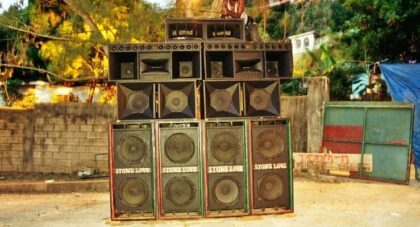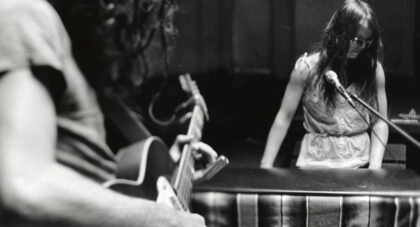Launching the listener into the aural assault of “Soap Shop Rock”, Yeti wastes no time getting started. The wandering, acid-drenched psychedelia of Phallus Dei is noticeably absent. The Mothers-esque eccentrics traded in favor of tectonic heaviness. As the four-part suite arrives at its second movement, Amon Düül clears a path for denim-clad stoner rockers to follow for the next half century . . .
Only the good shit. Aquarium Drunkard is powered by its patrons. Keep the servers humming and help us continue doing it by pledging your support.
To continue reading, become a member or log in.


